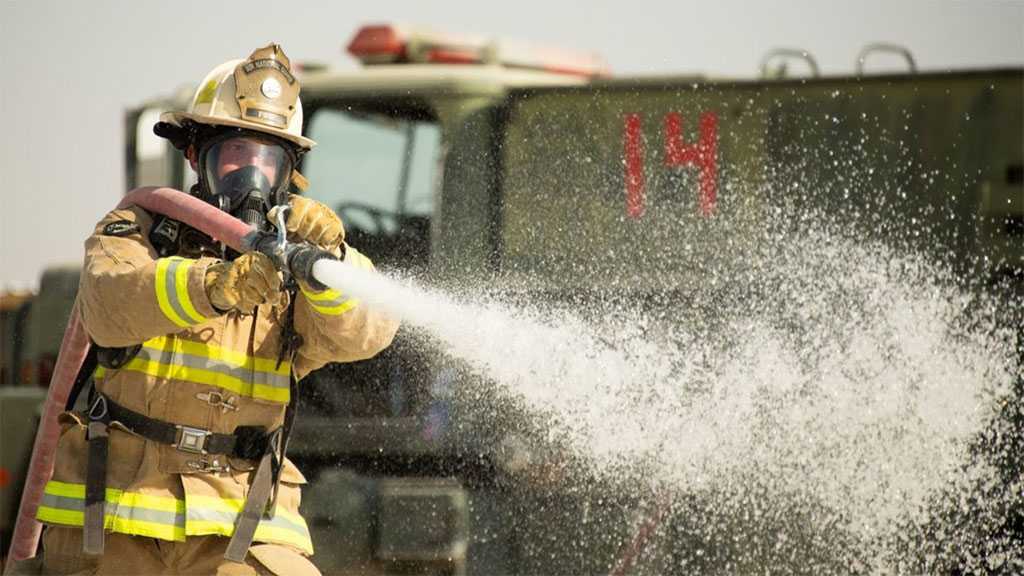
US Lied: Pentagon Vastly Understated Number of Chemical Exposure Victims

By Staff, Agencies
The Washington-based Environmental Working Group [EWG] unveiled that exposure to toxic “forever chemicals” on US military bases has affected more than three times as many people as the Pentagon admitted, tainting the drinking water used by over 600,000 troops and family members.
At issue are chemicals known as PFAS, such as perfluoro-octane-sulfonic and perfluorooctanoic acid, which are used in firefighting foam, industrial lubricants and hydraulic fluids. The Pentagon acknowledged in April that water supplies had been tainted by PFAS on dozens of its bases, mostly by the flame retardants used by military firefighters, but it pegged the number of people exposed at around 175,000.
The scale of the exposure was vastly understated, mostly because the Pentagon included only bases where water levels had PFAS contaminants greater than 70 parts per trillion [ppt], an old EPA standard, the EWG said on Thursday. The EPA’s new advisory level for unsafe PFAS levels is anything over 1 ppt, though that standard hadn’t been finalized.
The Pentagon report left out several major bases where contamination levels have exceeded 70 ppt, including Fort Leavenworth in Kansas and Fort Bragg in North Carolina, the EWG said. In fact, the water at Fort Leavenworth was found to have 649 ppt of PFAS contaminants. An additional 88 bases fell below 70 ppt but exceeded the revised standard for safe PFAS levels.
“PFAS are known as ‘forever chemicals’ because once released into the environment, they do not break down and can build up in our blood and organs,” the EWG said. The chemicals have been linked to increased risk of kidney and testicular cancer, as well as pregnancy complications and harm to reproductive systems.
The group further added that the Pentagon report also failed to account for service members who were exposed to contaminated drinking water provided on bases by non-military utilities. The study offers only a current snapshot of the number of people on the affected bases, ignoring the millions of past residents who could have been exposed.
A Pentagon spokesman told Military.com that the military has worked to address contaminants in its drinking water since 2016 and remains committed to its cleanup duties.
Comments
- Related News



